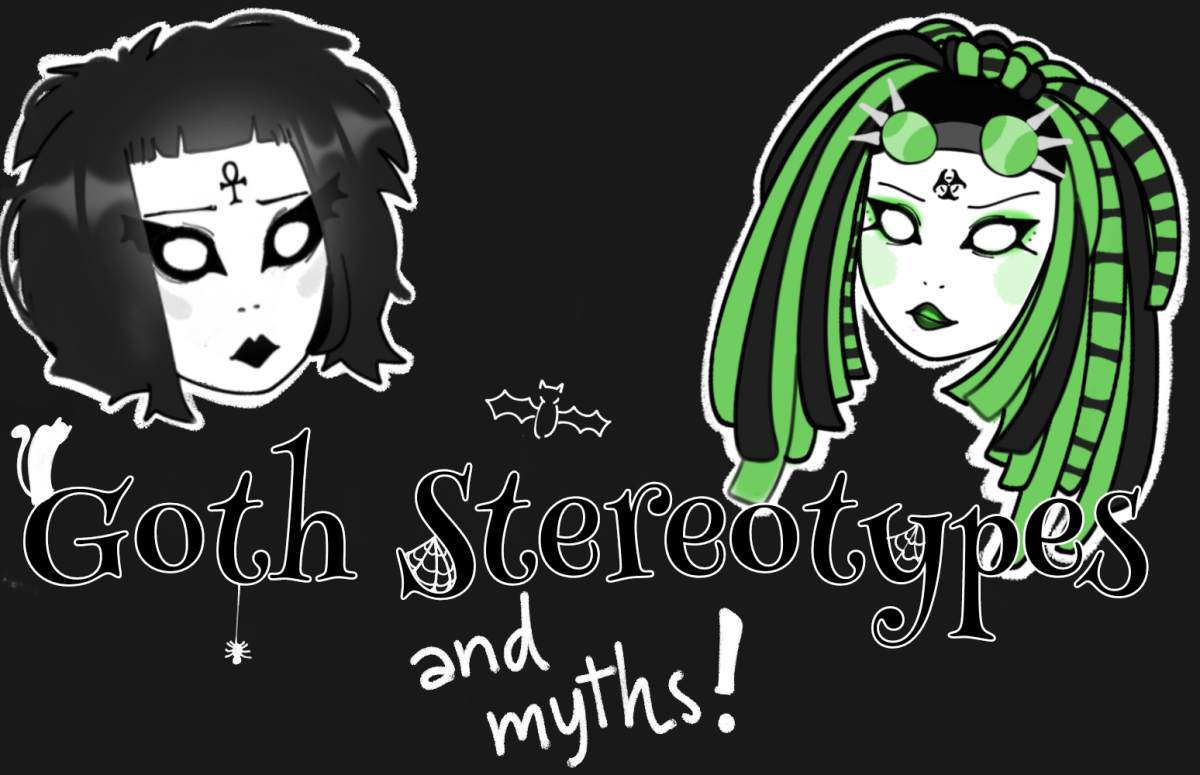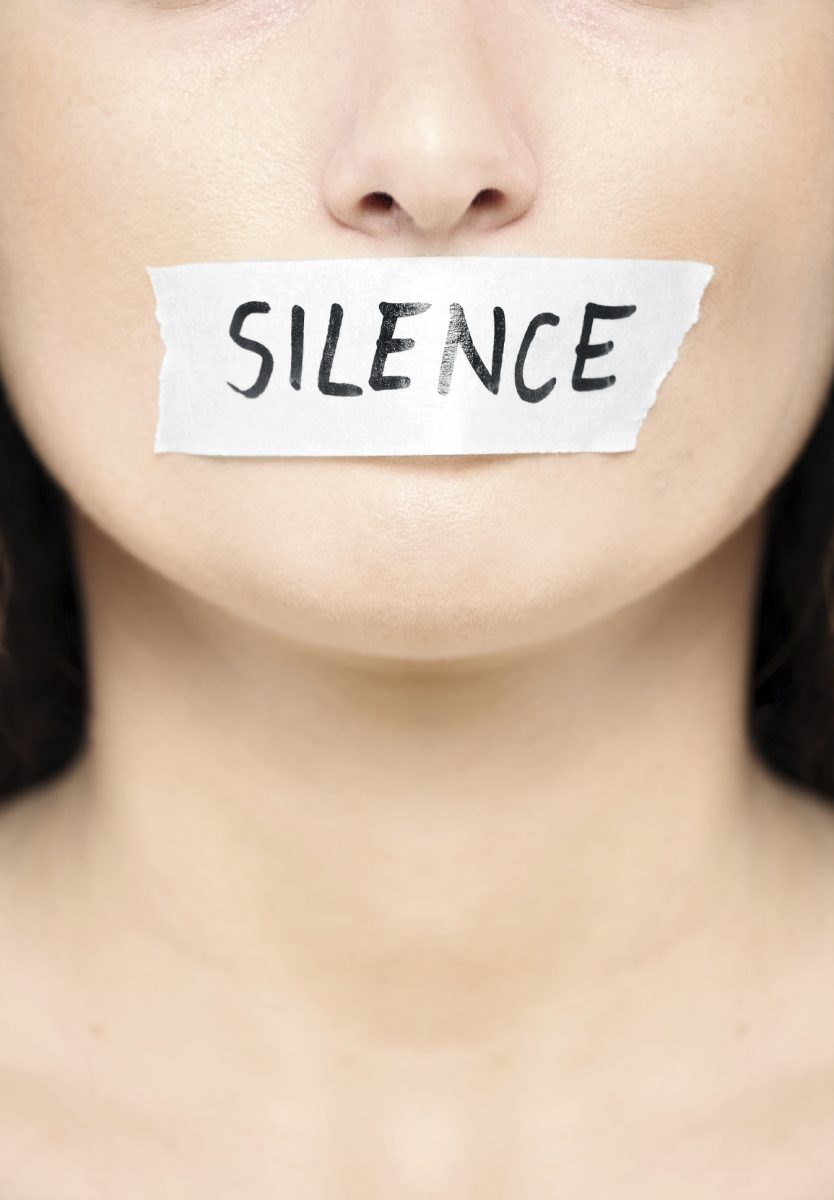During the 1980s in London, the goth scene sprouted from the dark, cynical sounds and haunting lyrics of punk-inspired, gothic music. Since then, goth transitioned into a lifestyle centered around the darker perceptions of life that started from its humble beginnings in the music industry and dark fashion.
The recent emergence of goth culture in social media platforms expanded the community significantly. However, its rise in popularity is often met with blatant stereotypes that stem from a lack of a better understanding of its history and sociocultural significance.
People have used goth for centuries, evolving from its early association with barbarians to architecture, literature, and finally music. Originally, the Germanic tribes: the Ostrogoths and Visigoths, who played a key role in the downfall of the Roman Empire, were the first associated with the term. A few centuries later, the term described the architecture of European Cathedrals from the mid-12th century to the start of the 16th century, referring back to the Gothic tribes that destroyed Roman architecture and replaced it with what Renaissance philosophers described as nonclassical ugliness. As time progressed, during the mid-1700s, Horace Walpole introduced gothic as dark literature in his novel, “Castle of Otranto,” and it was left to be associated with film production and literature. Finally, since 1979, goth has been used to describe a teenage movement and a society deeply rooted in punk music.
While the media portrays all goths as less than friendly and social, the truth begs to speak for itself. Goths are artistic individuals who love classical literature and are deeply involved in DIY ethics, always aspiring to learn more about the art surrounding them. Yes, goths love to sink into the darker underside of life, frequent the cemetery, read gothic literature, and wear black clothes and white makeup to make their skin look paler, making them an individualistic part of society. These interests, while part of the subculture, are exaggerated into myths and stereotypes that don’t fully capture the gothic identity.
The black clothing, flamboyant makeup, and edgy fashion of the goth scene lead people to assume that all goths are Satanists! However, goth isn’t a religion, it is a music subculture and a youth movement in London that occurred during the 1970s and 1980s. Importantly, there are no religious requirements necessary to be part of the culture; goths can be religious or not at all. This is reflected in the diverse use of accessories such as the ankh, cross, pentagram, and other symbols that are worn for their aesthetic values rather than religious beliefs. Ultimately, the subculture is not a cult, but a society whose fundamentals lie within the dreaded and macabre aspects of life as a form of artistic expression.
Another stereotype is the antisocial personality often associated with goths. Could it be the black fashion? Its allegory of death and darkness? In reality, behind the heavy, white makeup and bold eyeliner designs resides a person with emotions, just like everybody else. It’s important to remember that everyone can find themselves struggling with their mental health, goth or not. We all deal with personal challenges that can make our content attitude dip. While it’s true that the goth subculture expresses interest in topics considered too depressing for mainstream society, being goth doesn’t automatically mean that a person’s mental health is in decline. Of course, goths face struggles with their mental health, but it is part of their individual identity and not what defines their place in the goth scene.
Nevertheless, all goths don’t always wear just black. Personal style, after all, is a matter of personal preference, and not all goths opt for an all-black wardrobe. Although a majority of the gothic styles include black as their dominant color, this doesn’t mean that black is the only color goths can wear. For example, traditional goths prefer wearing ripped band tees, teasing their hair, covering themselves in fishnets, and accessorizing with silver bracelets and spiky neck collars. In contrast, other gothic styles such as cybergoth and pastel goth may incorporate vibrant colors, differentiating them from the typical, homogenous style ‘goth’ is outlined to be. Some goths prefer adding colors to their style while others prefer shrouding in all black. Ultimately, the goth subculture encourages and thrives on creativity, and styling one’s gothic look is all up to them.
Other people believe that goths only listen to metal music. However, the subculture isn’t meant to subject the community to one singular music genre. A lot of misconceptions that goths can only listen to goth music are often used against them in the media, commonly degrading the subculture for listening to pop, country, funk, etc. instead of the gothic genre. Although goth music sparked the gothic subculture in the late 1970s, it’s in no form meant to create restrictions and boundaries on what the subculture can and cannot listen to. In many cases, the assumption that “gothic music is only for gothic people and vice versa” is incorrect. Gothic music plays a major role in identifying as a goth but it’s not intended to be the only musical genre goths are allowed to listen to.
To put it bluntly, goths are more than just what the media portrays them to be. Everyone is different and they shouldn’t be categorized into one identity just because of their interests or appearance. The gothic scene is meant to explore unique fashion senses and different musical styles from your typical person and not meant to be used against them.









